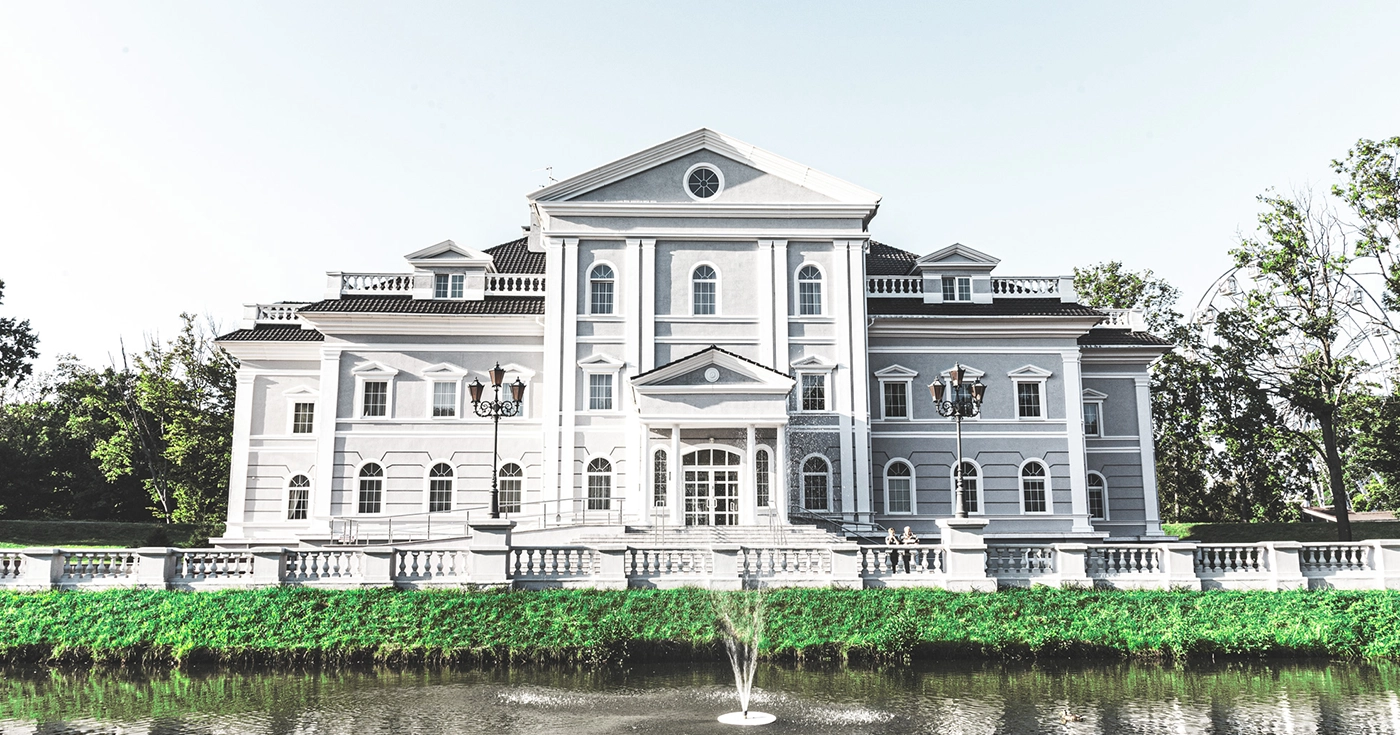
“These are the emerging trends in the luxury real estate market”
Last Updated on 18 November 2024 by Equipo Urbanitae
Over the past decade, the luxury real estate market in Spain has shown great resilience despite economic fluctuations and changes in buyer preferences. Between 2014 and 2019, investment in premium properties increased significantly, driven by economic stability and the interest of foreign investors.
The impact of the coronavirus pandemic in 2020 posed a major challenge. However, according to the Instituto de Valoraciones, demand for luxury homes remained solid, especially from international buyers seeking properties with outdoor spaces and prime locations. Starting in 2022, the market experienced a significant revival, with growing demand for sustainable and energy-efficient properties.
Currently, data confirms that the premium residential segment remains healthy. According to Tecnitasa, the average prices for luxury homes (over 3 million euros) saw a year-on-year increase of 4.53% in 2024 across Spain. Alicante (9.6%), Barcelona (7.73%), and Madrid (7.48%) are the provinces with the highest growth rates.
Demand Trends
Historically, luxury real estate has been concentrated in cities like Madrid and Barcelona, as well as regions like the Costa del Sol and the Balearic Islands. However, in recent years, new locations are emerging as attractive destinations for high-net-worth buyers. A growing decentralization can be observed, driven by the imbalance between supply and demand in traditional areas. This trend is affecting major capitals like Madrid and Barcelona as well as vacation destinations, prompting the search for new locations.
- Urban environments and secondary cities: Many buyers appreciate the potential of these locations, where they find better value for money, larger spaces, and customization options. A good example is the shift of buyers in Madrid from the Salamanca neighborhood to enclaves within Justicia. A similar trend is observed in the Balearics, where luxury is expanding across most of the islands.
- Emerging coastal areas: Beyond the Balearics and Marbella, rising demand is also boosting the luxury segment in other regions like Alicante province. Towns like Altea, Jávea, Teulada-Moraira, Benissa, and Calpe are experiencing increased demand for luxury properties. With limited growth potential in beachside areas, luxury developments have moved to mountain regions, offering natural settings and panoramic sea views.
- Rural development: This phenomenon not only responds to the saturation of high-density areas but also reflects a shift in buyer preferences. Country estates and rustic properties are increasingly appealing to those seeking exclusivity and privacy while maintaining the highest luxury standards. This trend is evident in the more rural areas of Mallorca, where Alaró, Santa Maria del Camí, Santanyí, and the Bunyola-Marratxí axis have become focal points.
Buyer Profile Diversity
Tecnitasa identifies two dominant profiles among luxury residential investors. One group is composed of “senior” individuals or couples over 50 years old, in advanced career stages or retired. They prioritize quality, exclusivity, and security and often use the property for family purposes. The other group consists of younger professionals aged 30 to 40, occupying prominent positions or entrepreneurs. They prefer modern designs that emphasize technology and sustainability.
Lastly, foreign investors play a significant role in this market. While Latin American buyers dominate in Madrid, in areas like Marbella, the British remain the leading buyers, accounting for 16% of transactions. They are followed by Swedes and Dutch, at 12% and 8%, respectively, with Belgians, French, and Germans also in the mix. In Barcelona, although the British and French have traditionally been the main foreign investors, recent years have seen greater diversity, including Americans, Germans, and Dutch showing interest in high-end properties.

